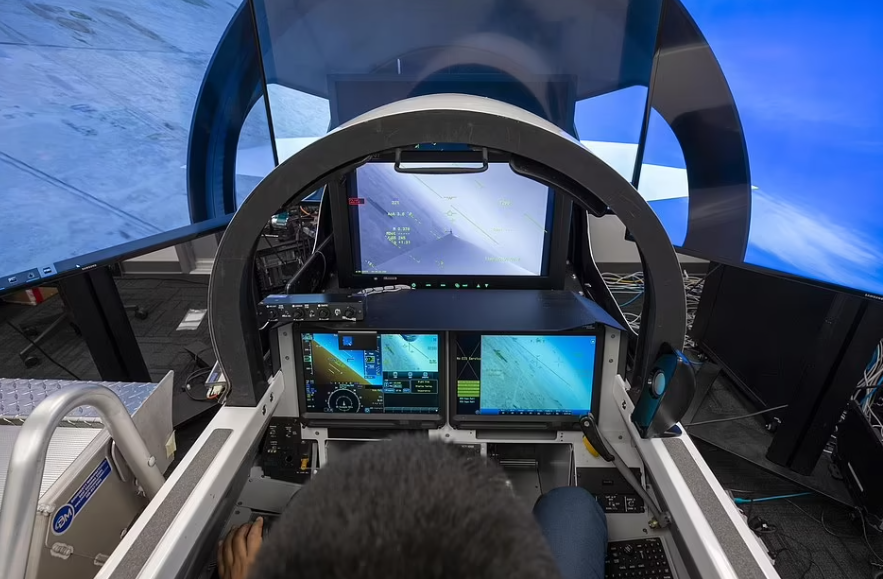Will NASA's new jet surpass the legendary Concorde: photos and specifications
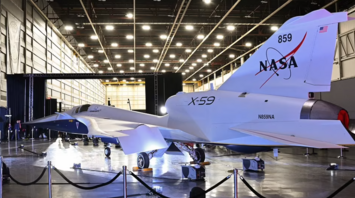
"The Concorde made its last flight almost exactly 20 years ago, but it continues to capture the imagination of passengers around the world. The Concorde was decommissioned in 2003, about three years after the crash of Air France Flight 4590, which killed 113 people.
Now, NASA has unveiled its quarter-billion-dollar X-59 supersonic jet, an experimental aircraft that the agency will use to create a new line of supersonic passenger jets - the successors to the Concorde, as reported by the Daily Mail.
The new 100-foot-long plane has a 30-foot wingspan and can reportedly fly at 925 miles per hour, 1.5 times the speed of sound. Compare this to a conventional Boeing 737 MAX 10, which is 143 feet long with a wingspan of 117 feet and a cruising speed of 521 miles per hour.
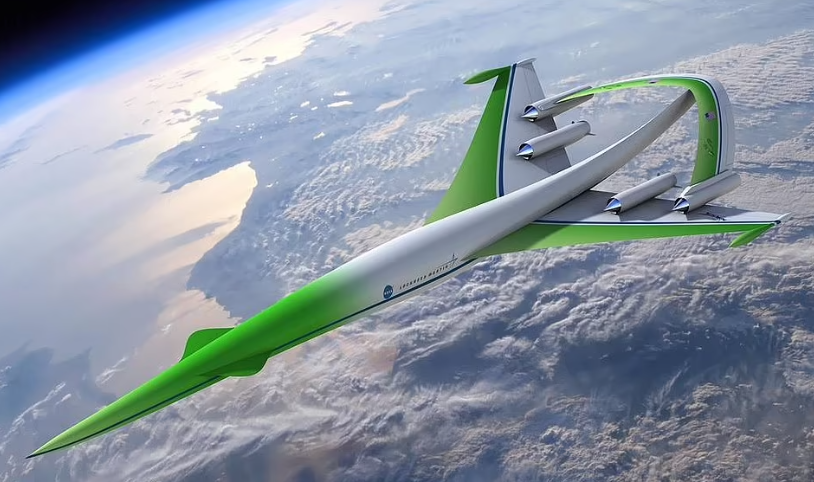
"Son of Concorde"
Because it can break the sound barrier, the airplane has been nicknamed the "son of the Concorde." But one of the leading engineers who developed it mocks the nickname. "The X-59 is not - I repeat, not - a son of the Concorde, except for the general shape of the wing," said Peter Cohen, NASA QueSST Mission Integration Manager.
The X-59 is an experimental jet that will serve as NASA's proving ground for a new era of supersonic flight, he said. The new airplane has room for exactly one person: the pilot. And it's actually about 30 percent slower - by comparison, the Concorde could travel at 1,350 miles per hour, twice the speed of sound. But this is not for nothing. Although the old Concorde could carry passengers across the Atlantic Ocean in about three hours, Federal Aviation Administration (FAA) regulations prohibited it from flying overland routes across the United States because of its thunderous "sonic boom."
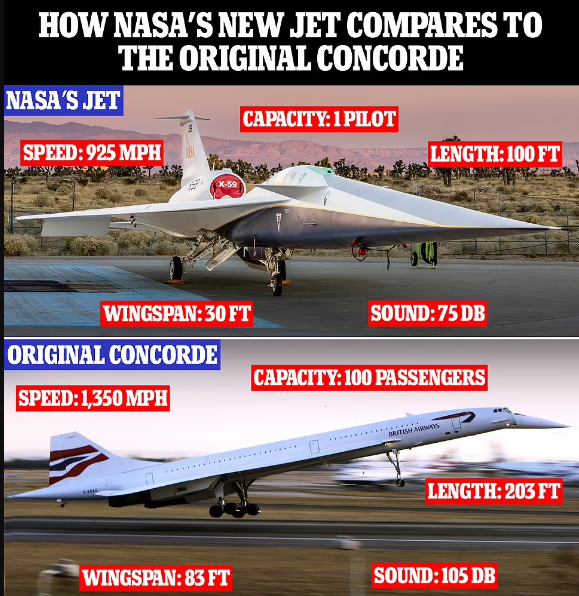
A new, quieter jet could pave the way for the Federal Aviation Administration (FAA) to lift that ban and revolutionize domestic travel in the United States, said Cohen, who has worked on supersonic research projects at NASA for 30 years.
Will it carry passengers?
Theoretically, the X-59 could fly from New York to Los Angeles in less than three hours, but it will never carry passengers because it is a prototype aircraft that will be used exclusively for research.
NASA's ultimate goals for the aircraft are to create quieter supersonic flight, transfer the technology to passenger aircraft, and lift the FAA's 50-year ban on ground-based supersonic flight in the United States, Cohen said.
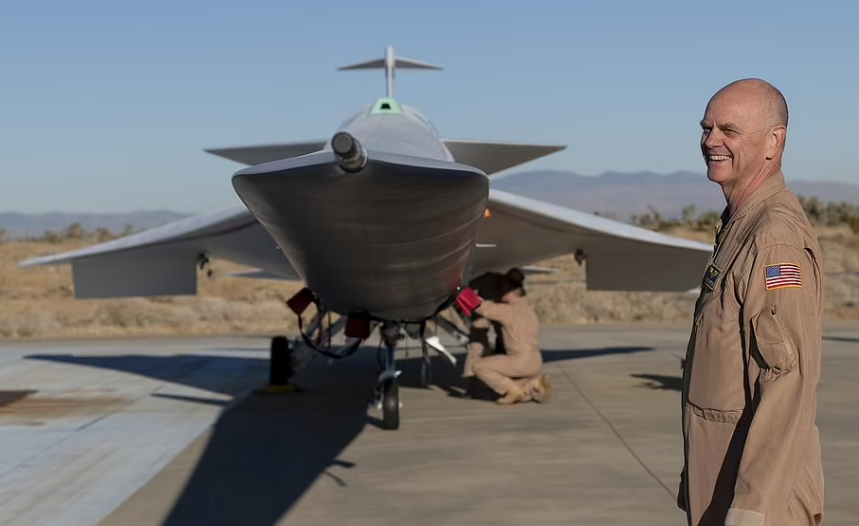
The X-59, built by Lockheed Martin for $247.5 million, is the flagship aircraft of the QueSST mission. "The features of the X-59 are features you'll see in a future supersonic airliner," he said. These include sculpted wings positioned far back on the ship; a lift-generating tail; and an engine mounted high in the aircraft, above the wings.
That goal is still a few years away, but if all goes according to plan, in 2026 NASA will begin flying X-59s over selected U.S. communities to determine if it is quiet enough to prompt federal regulators to reconsider the aviation rule that has been in place since 1973.
A new era in aviation
Even on an optimistic timetable, FAA rule changes probably won't happen until the early 2030s. But airline manufacturers are very interested in developing supersonic passenger aircraft, Cohen said. So it's possible that these new aircraft will appear soon after the rules allow their use.
